Often when we see a plant for the first time we do not have a chance to see what it would look like in the wild of its full potential. This is particularly true for very large species such as trees which we often we see mangled to fit into too small urban areas. One tree I see which is often treated this way is Cedrus deodara (Deodar Cedar), it is a wonderful plant for the right place.
Deodar Cedar has been used in many ways for a very long time this is partly because it comes from an area of very old civilization. It is found in an area of asia which is from south-west Tibet traveling west through western Nepal, north-central India, northern Pakistan and into the corner of Afghanistan. Over time these trees have been logged out from many of their former areas and are now rare. In its native area it grows at high altitudes of 1500 to 3000 m(5000-9800 ft.).
Himalayan Cedars were and are logged for their beautiful wood which has been in demand for many centuries. the wood has a fine, close grain and takes a high polish as well as being rot-resistant and durable. It has been used for building temples, houses and other buildings, ships and boats, bridges and furniture. The trees have been used for landscaping since ancient times.
Cedrus deodara is know as ‘the tree of the gods’ in Sanskrit which is where part of its botanical latin name originates. Deodara comes from Sanskrit ‘devadaru’ deva= god and daru meaning wood. Cedrus originally come from the ancient Greek ‘kedros’ which was the orginal name for the Juniperus species. The Cedrus genus is made up of 4 closely related species which are found in the Mediterranean area and Asia. the common name of Cedar when it is used here in North America usually refers to a Thuja, Chamaecyparis or Juniperus.
The Deodar Cedar is the national tree of Pakistan. In the Hindu religion Deodars are worshiped as divine trees and are referred to in several of their legends. In ancient times forests of these trees where the favored places for Indian sages to meditate in. The tree also plays an important role in Ayurvedic system of traditional medicine of India. The bark and oils which are extracted from the inner wood are still used. The bark and twigs are powdered and used as a powerful astringent while the distilled oils are used in aromatherapy and as an antiseptic.

The wonderful golden plumed Cedrus deodara 'Aurea' has stunning color and is found in Hollywood Park which is between Fairfield Rd. and Earle St.
The Deodar Cedar can have a slightly whimsical feel about it when it is young with the tips of its bows drooping, but don’t be fooled this will become a magnificent tree. These are trees for large areas with full sun, the exception is with golden and cream-colored trees which need protection in areas with extreme heat and sun. They are easy to grow and will take most soils as long as it drains well. These trees grow very fast when young and can attain heights of over 9 m. (30ft.) within 10 years. It will eventually grow to be about 24 m.(80 ft.) high and 13 m.(40 ft.) wide. These trees are specimens and are best featured in parks, estates and large properties, the largest one I have ever seen was at the Kyoto Botanical Garden and probably was at least 100 years old. Here in Victoria we see quite a few of that age such as the ones that the Herons perch on in Good Acre Lake in Beacon Hill Park.
There are many cultivars of Cedrus deodara which you can choose from, they range from full-sized to miniature and colors from creamy through chartreuse into greens and blue tinged foliage. There are also weeping forms. All the cultivars are grafted and can be expensive especially for larger ones. Research what you might want to grow first before you buy as it is a life-time commitment when owning a tree. Take care when selecting color and choose that which is the most vibrant and healthy looking . These trees are from temperate areas and like it that way. They are rated as for zones 6 and above or -20c. (-10f.).
On the trek for Deodars:
Wiki site on Deodars’: http://en.wikipedia.org/wiki/Cedrus_deodara
Virginia Tech has good pictures of the various parts of the tree: http://www.cnr.vt.edu/dendro/dendrology/syllabus/factsheet.cfm?ID=456
Medicinal uses of Deodar Cedar in medicine: http://www.iloveindia.com/indian-herbs/cedrus-deodara.html
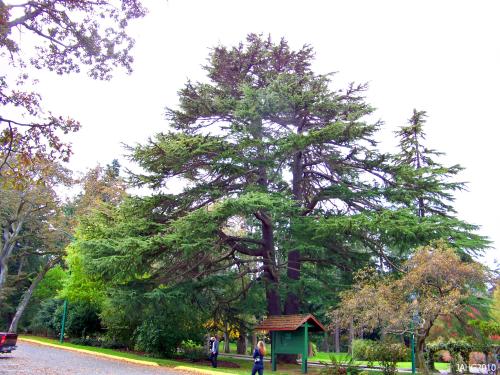
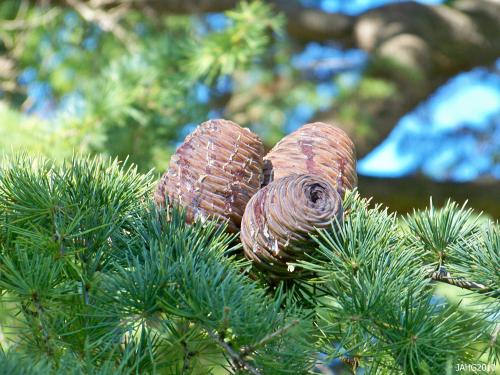
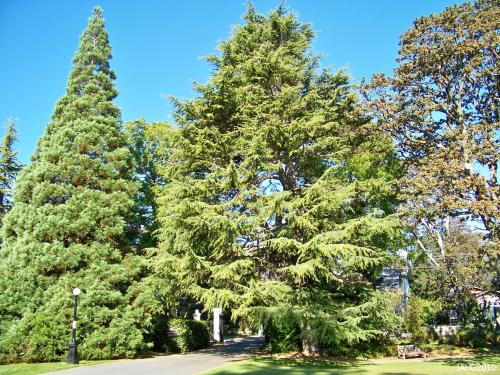
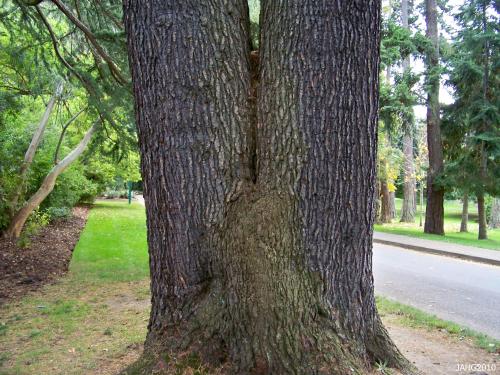
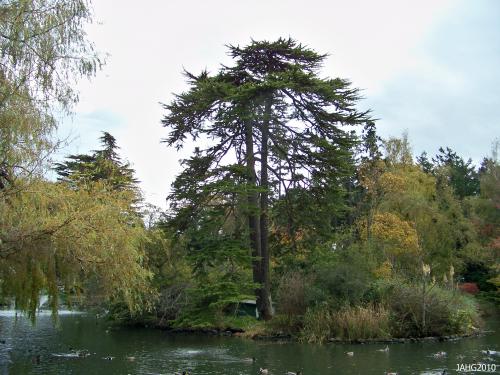
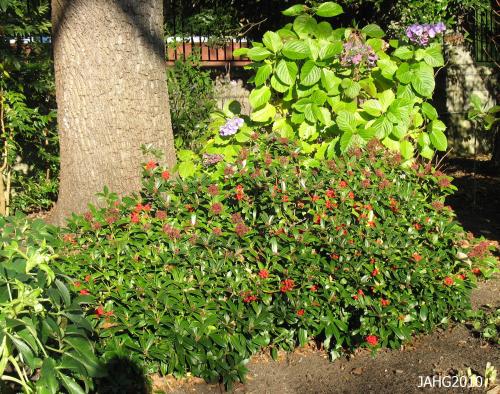
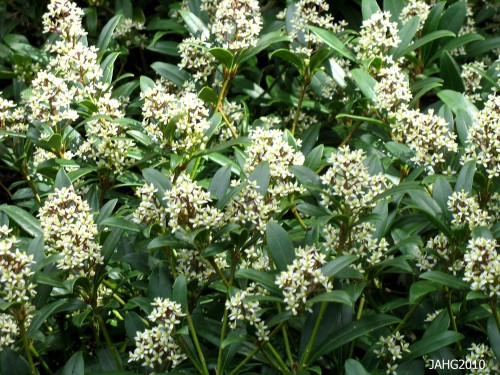

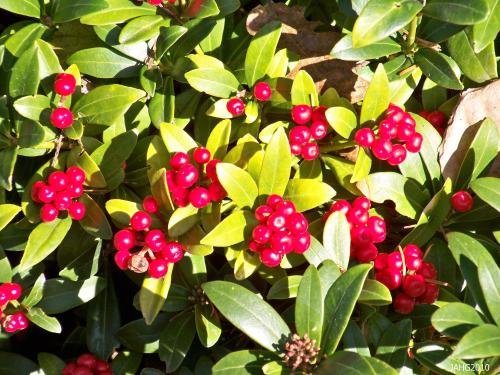
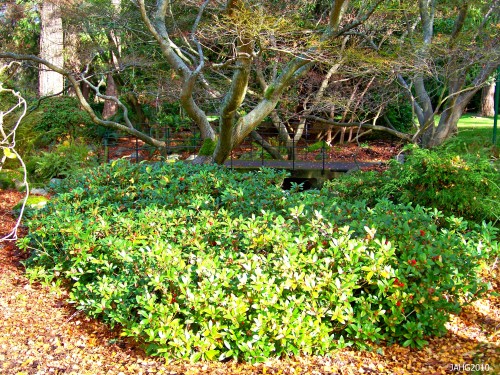
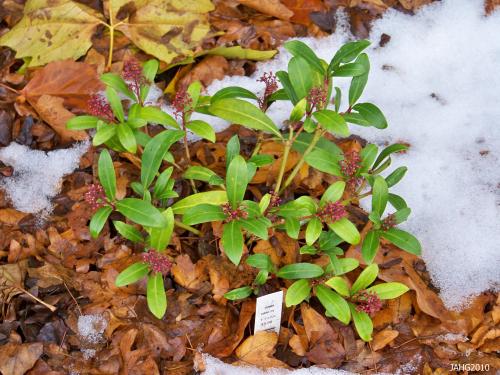
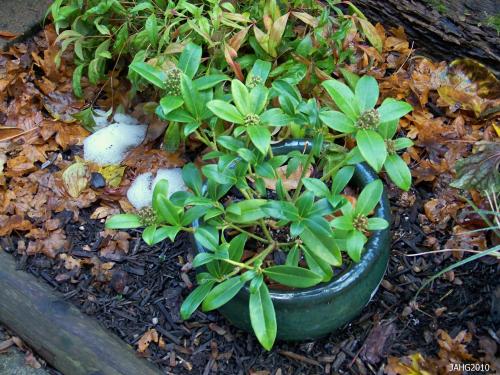












 Stumble It!
Stumble It!






